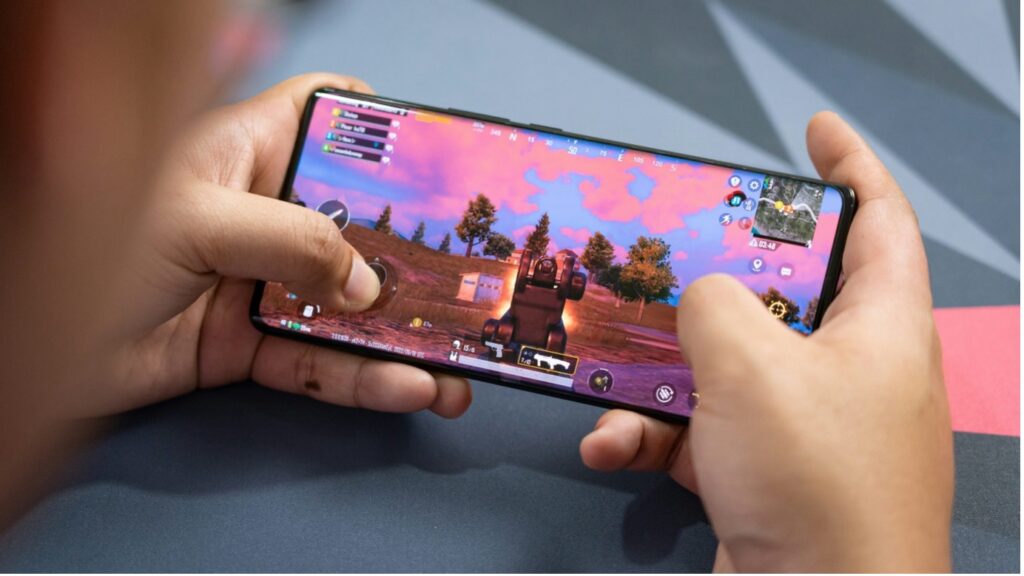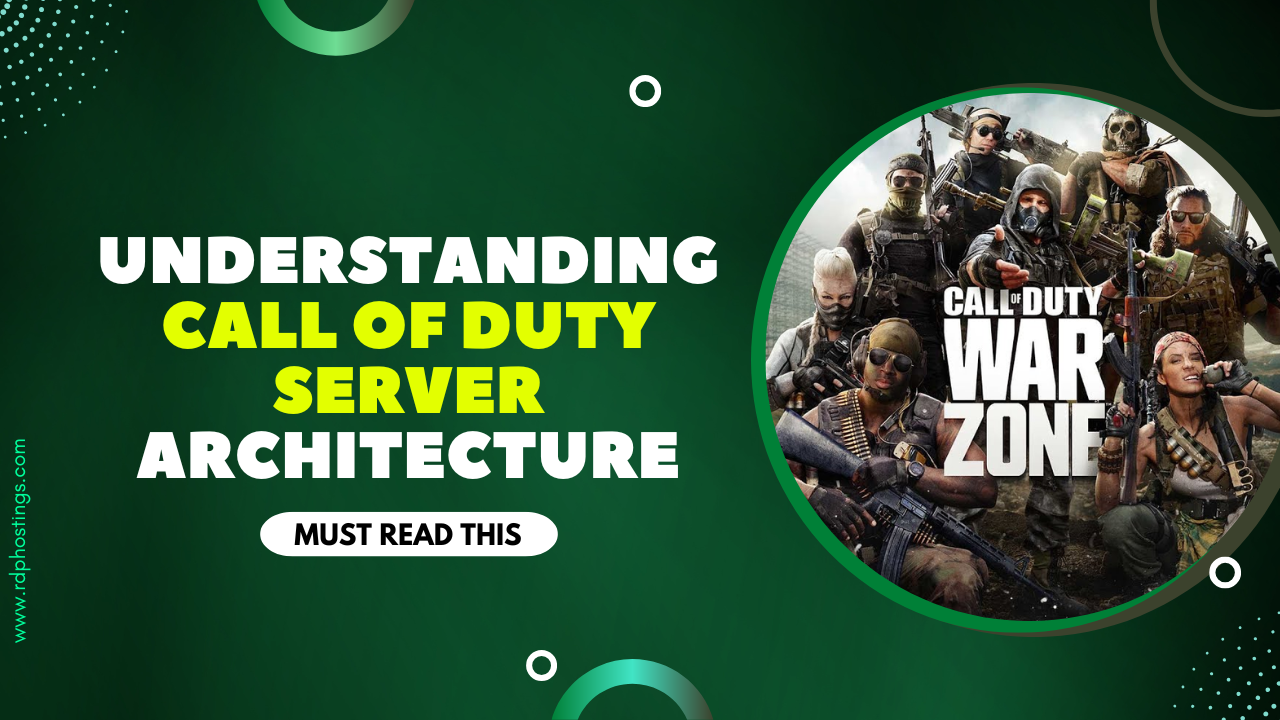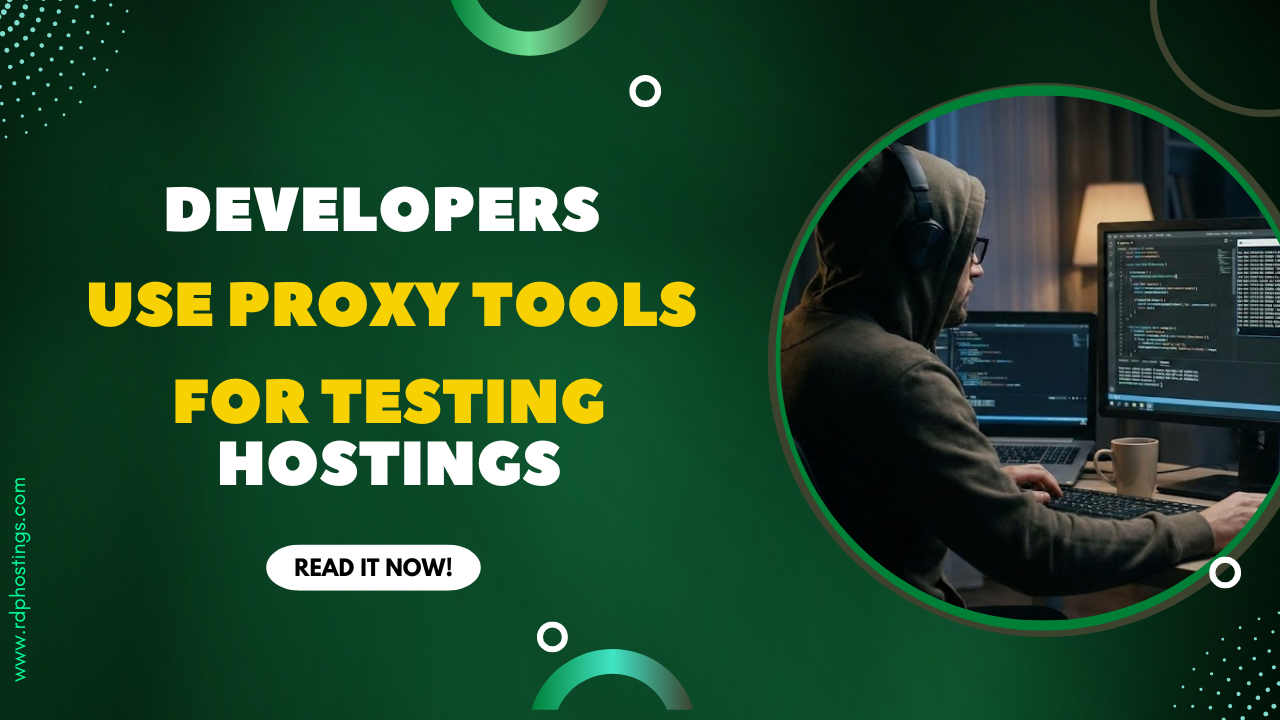Warzone’s fast paced combat, huge player lobbies, and heart pounding gunfights have transformed the battle royale genre. Behind every headshot, every clutch revival, and every spectacular triumph, though, is a sophisticated and strong server infrastructure that keeps the game running for millions of players all around.
This deep dive will examine the complex systems running Warzone, investigate how they manage the turmoil of 150 player events, and expose what drives this design. Soldier, be ready this is the tech running your firefights.

The Scale of Warzone’s Server Demands
Warzone is a monster not just another multiplayer game. The server architecture has to manage an incredible volume of data given lobbies with up to 150 players, continuous map updates, and real time interactions like gunshot, movement, and voice chat.
Activision claims that Warzone attracted over 100 million players in its first year of availability in 2020 and that figure has just increased with subsequent seasons and integrations like Black Ops 6.
Every game produces hundreds of data points every second player positions, bullet trajectories, and ambient interactions all have to be handled with low latency. A single Warzone match generates hundreds of megabytes of data every minute, hence servers must be both strong and geographically dispersed to maintain ping low and gameplay smooth.
How Warzone’s Servers Work: The Core Components
A hybrid cloud based system combining dedicated servers with cloud scalability drives Warzone’s server architecture. To guarantee worldwide coverage and dependability, Activision collaborates with industry behemoths like Amazon Web Services (AWS) and Google Cloud. The main constituents are broken out here:
1. Dedicated Game Servers
Warzone hosts matches using dedicated servers, unlike some battle royales depending on peer to peer interactions. Designed for low latency gaming, these servers are either real or virtual devices suited for handling chores including:
- Player movement and positioning: Following every player’s location on the large Verdansk or Fortune’s Keep maps.
- Physics calculations: Making sure bullets, explosives, and vehicles act appropriately in physics computations.
- Matchmaking: pairs players according to area, skill level, and connection quality.
Although they guarantee stability and help to lower lag, dedicated servers present certain difficulties. Depending on the mode, server ticks the rate at which a server modulates game state usually run in Warzone between 20 and 60 Hz. Though need more computing resources, higher tick rates translate into smoother gaming.
2. Matchmaking and Load Balancing
The matching system used in Warzone is a wonder of engineering. It generates balanced lobbies by weighing elements including ping, player skill (SBMM), and party size. Load balancers allow the system to distribute gamers among servers, therefore preventing the overload of any one server. The load balancer guides players to the next nearest server with available slots, for instance, should a North American server be at capacity.
This process is not perfect. Particularly in less populous areas, players commonly lament high ping lobbies when paired with far off servers. Activision has responded by spreading server sites; as of 2025, there are hundreds of data centers all over.
3. Cloud Scalability
The cloud based architecture of Warzone lets it dynamically grow. Like the release of Season 03 in 2025, which restored Verdansk servers can spin up extra instances to manage the player flood during peak hours. This elasticity guarantees that the game won’t crash under high load a lesson discovered from early Warzone days when server outages were more frequent.
To rapidly map assets to players and push updates, cloud providers also offer content delivery networks (CDNs), hence lowering download times and server pressure.
The Anti Cheat Battle: RICOCHET’s Role in Server Security
Without discussing cheating, a recurring problem in any online shooter, no discussion of Warzone’s servers is whole. Introduced in 2021, Activision’s RICOCHET Anti Cheat system is closely linked with server architecture to fight hacking. Targeting unbeatable Call of Duty Warzone hacks for precise gameplay like aimbots and wallhacks, RICOCHET has banned over 228,000 accounts since Black Ops 6 started in 2025.
RICOCHET runs on server as well as client sides:
- Server side detection: analyzes player behavior including abnormal aim patterns or unfeasible movement speeds from the server side.
- Client side kernel driver: Monitors player devices for cheat software under client side kernel driver, albeit this has caused privacy issues among gamers.
The system also employs Limited Matchmaking (LMM), isolating suspected cheaters in separate lobbies under more stringent security and greater ping. Though less than 0.15% of players, LMM is a vital tool for preserving fair play, claims Activision.
Challenges in Warzone’s Server Architecture
Warzone’s server technology has major challenges notwithstanding its advantages:
1. Latency and Regional Disparities
Players in areas with less servers like those in portions of Asia or South America often have more ping, which causes laggy gameplay. Activision has lessened this by building servers in underprivileged areas, but still gaps exist.
2. Server Stability
Like Season 02 in January 2025, season launches sometimes tax servers as millions log in concurrently. Activision claimed to have fixed “regional instability” problems around this time, however occasionally gamers still run across crashes or disconnections.
3. Cheating and Exploits
RICOCHET is useful, but cheaters pick things fast. New hacks announced by forums like UnKnoWnCheaTs and Elitepvpers force Activision into a cat and mouse game by advertising within days of anti cheat patches.
How Warzone’s Architecture Evolves
The architecture of Warzone changes with every season; it is not fixed. Season 03 in 2025, for instance, saw Verdansk’s return, which calls for servers to manage revised map data and new mechanisms like the Return to Verdansk Event. To lower bogus cheater reports which earlier swamped server side analytics Activision also unveiled KillCam enhancements.
Looking ahead, Activision is investigating artificial intelligence driven server optimization, possibly leveraging predictive models to project player surges and distribute resources ahead of time. Additionally mentioned in 2024 are a Ping and Matchmaking white paper, which would help to clarify how low latency connections rank among servers.
Why It Matters to Players
Knowing Warzone’s server architecture significantly affects your gameplay, not only tech speak. A well optimized server results in fairer fights, smoother matches, and less lag spike triggering of fury. It’s the reason you can drop into Verdansk, grab a 1v3, and still have time to tease your Gulag opponent.
For gamers, this information also emphasizes why problems like high ping or cheating endure. It’s not only about “fixing the servers” it’s about juggling cost, scale, and technology in a game always changing. So, consider the servers laboring away to make it all possible the next time you’re sniping from a rooftop or racing to the last circle.
Conclusion
The unsung hero behind every match is Warzone’s server architecture, a sophisticated web of committed servers, cloud scalability, and anti cheat algorithms relentlessly delivering epic combat.
Activision’s continuous investments new server locations, RICOCHET improvements, and cloud innovations show a dedication to keep Warzone at the top of the battle royale heap, even when obstacles including latency and cheating still exist.
Therefore, knowing the tech running your preferred game will help you to appreciate those pivotal events whether you play casually or as a ranked grinder. Drop in, keep sharp, and rely on the staff to have your back covered.







